There’s no doubt about it, the popularity of outdoor adventure is on the rise. It is awesome to see so many people excited about exploring nature, exactly what we love to do.
But it does come with a few downsides. Some examples can clearly be seen in the Vancouver area in British Columbia:
- Certain trails are experiencing huge issues with trash and general damage. This is not only blamed on the huge increase in visitors but also lack of awareness of appropriate backcountry behaviour
- Volunteer search and rescue teams such as North Shore Rescue are experiencing a dramatic rise in rescue calls. Again, this is explained not only by the increase in trail users but also by the number of new visitors who may be less aware of the risks and dangers of the backcountry
This is not to say that veteran backcountry users are by any means perfect in their treatment of nature and/or preparation for risks.
To help ensure the protection of nature and to safest experience possible, this post will focus on the essential items every outdoor adventurer should bring into the backcountry.
Note – My usage of ‘backcountry’ in this context is a remote, undeveloped area more than 1km from the highway.
Other backcountry necessities
- Always bring the 10 Essentials
- Remember to Leave No Trace to help keep the wilderness wild
- Understand how to avoid negative bear encounters
- Need a packing list? Sign up to our newsletter for a free one!
The 10 Essentials for exploring the backcountry
Whether you’re starting a week-long hike in the mountains or want to explore a 5km return trail near the highway, there are some items you should always be carrying.
Situations that would usually be slight inconveniences elsewhere (changes in weather, injuries, other unexpected events) can easily turn into life-threatening emergencies in the backcountry.
These items can help prevent these situations and also alleviate them when they do happen.
The team leader of North Shore Rescue commented in an interview that “ninety percent of the calls for overdue hikers involve people who don’t have a headlamp.”
This 10 Essentials list is an adapted version of the originally compiled by the Seattle branch of the outdoor recreation and education group ‘the Mountaineers’ in the 1930s. It remains incredibly relevant today.
There are some affiliate links in this post. If you make a qualifying purchase through one of these links, we may receive a small percentage of the sale.
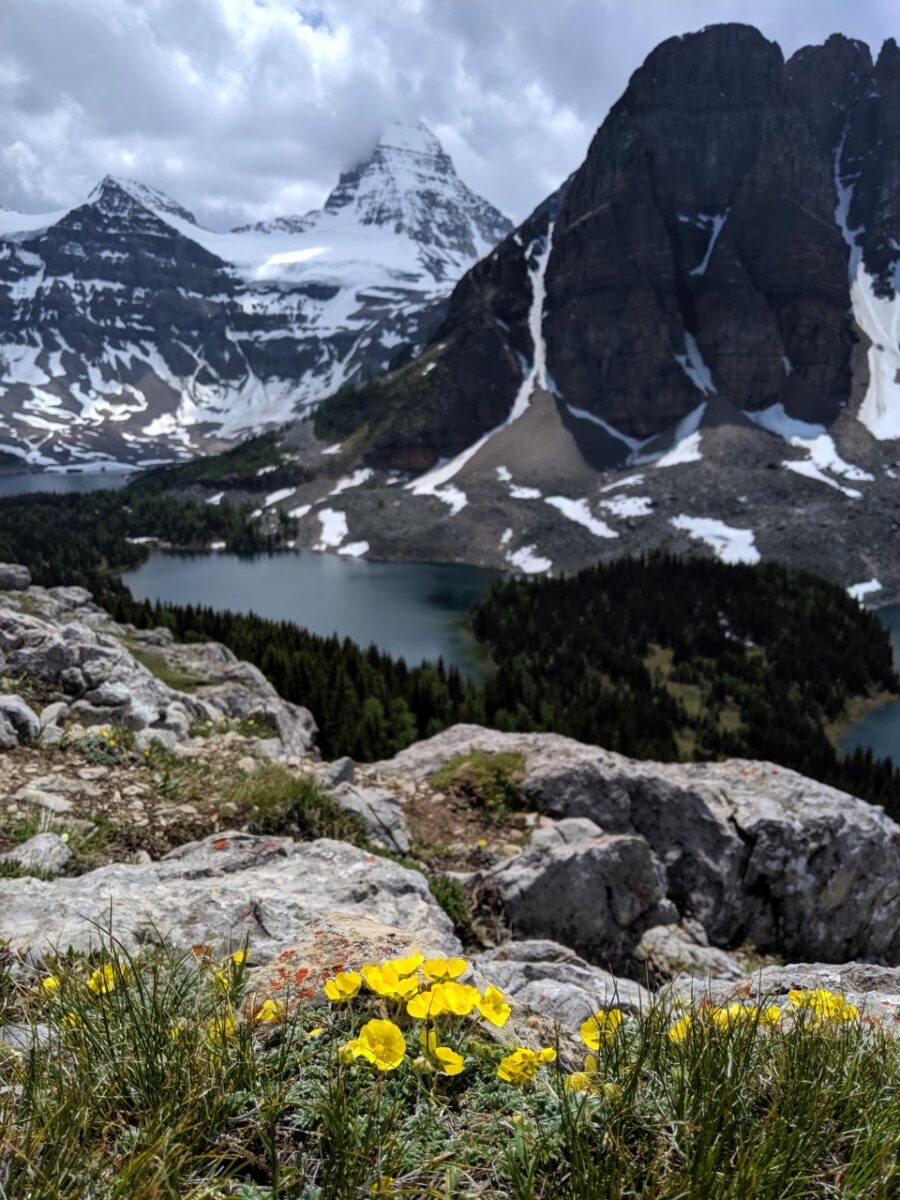
Insulation (clothing)
Bring clothes and accessories for the coldest possible conditions during the season you are travelling in.
Weather can change very quickly, especially in the mountains.
Never assume that the weather at the trailhead will be the same at your destination.
Bring a:
- warm hat (like a toque)
- sun hat
- gloves (these are my favourite)
- waterproof jacket (we swear by Arc’teryx)
- a mix of clothing layers
- extra socks (Darn Tough have a lifetime warranty)
Avoid wearing cotton because it absorbs sweat, takes an age to dry and is heavy and cold when wet. For this reason, cotton can literally kill.
Wool and poly clothing, on the other hand, don’t have these problems.
We personally wear a lot of merino wool when exploring the backcountry. It is lighter than traditional wool, stays warm when wet, dries reasonably fast and doesn’t stink. Icebreaker and Smartwool are our preferred brands.
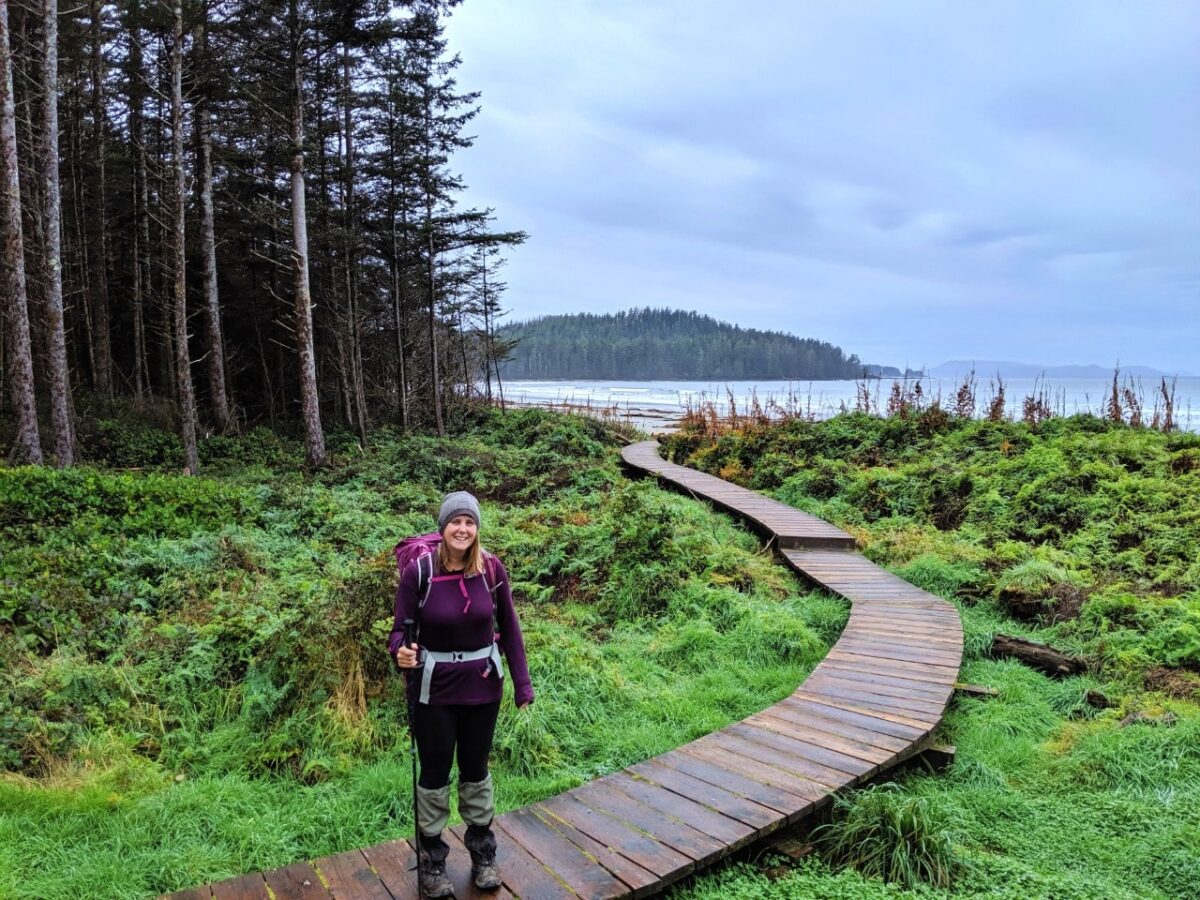
Sun protection
Easily one of the most overlooked ‘essentials,’ sun protection is so important to prevent sunburn and sunstroke.
Alongside sunscreen, remember to bring sunglasses, lip balm (with SPF rating) and a sunhat. Don’t forget that the sun can penetrate through clothing too so choose clothing that can block UV rays more effectively.
Another reason JR and I wear a lot of merino wool that (in addition to its many other benefits mentioned above) is that it has a natural SPF rating of around 20+.
Navigation
Always carry a detailed map and compass to identify your location and how far you need to travel. Make sure your map is in some kind of waterproof container (even a Ziplock would do).
Not sure how to use a map and compass? For hands-on lessons, check local hiking clubs and large outdoor gear retailers.
Even if using a GPS unit or phone app, always have a map and compass as a backup.
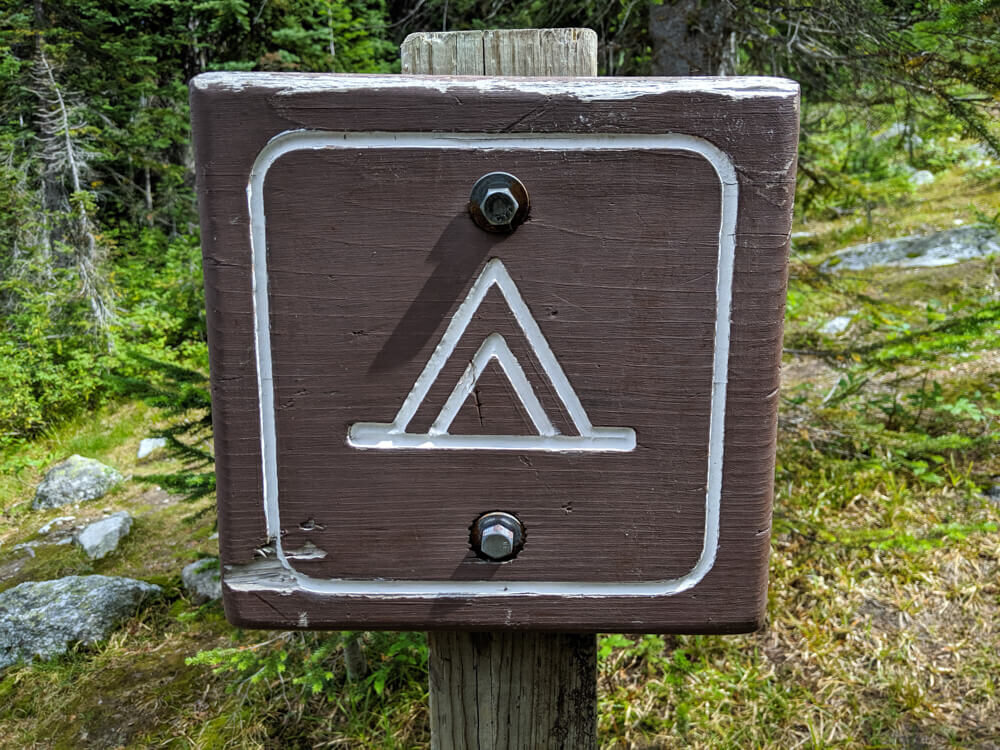
Nutrition (food)
Carrying extra food is particularly important in case of unexpected delay. Not only essential for emergencies, there are plenty of other backcountry scenarios in which extra food is much appreciated.
Difficult terrain and wet weather are always easier to get through with the energy and morale that food brings. On multi-day trips into the backcountry, we bring an extra day of food rations.
For ideas of what to bring, check out MEC’s snack section.
Hydration (water)
Water is essential for the body to perform well. Dehydration is dangerous! Drink plenty of water before setting out and bring plenty with you (1-2l is a good idea, though it depends on location and weather).
Always have some method to purify or filter water – that stream water may look and taste great but may also be carrying bacteria that could make you sick.
My preference is to bring two variations of filtering/purification systems (usually the BeFree), one being a handful of ultralight Aqua Tabs as a backup.

First Aid supplies
A First Aid kit is invaluable for everyday irritations (bee stings, small cuts) to major injuries.
Create your own from scratch or buy a pre-made kit and then supplement as needed. Always check expiry dates on items before each trip.
Some essential items we have in our kit include bandages, gloves, scissors, oral rehydration salts, blister plasters, surgical tape, tweezers and antihistamines. Consider taking a Wilderness First Aid course.
Fire starters
A fire can be a lifesaver for backcountry users needing to signal for help or suffering from hypothermia.
Bring matches at a minimum, preferably of the waterproof kind or in a waterproof container.
Firestarters, as the name implies are designed to get a fire going quickly. Commercial varieties are reasonably cheap to buy. We try to make our own with birch bark or small amounts of kindling.
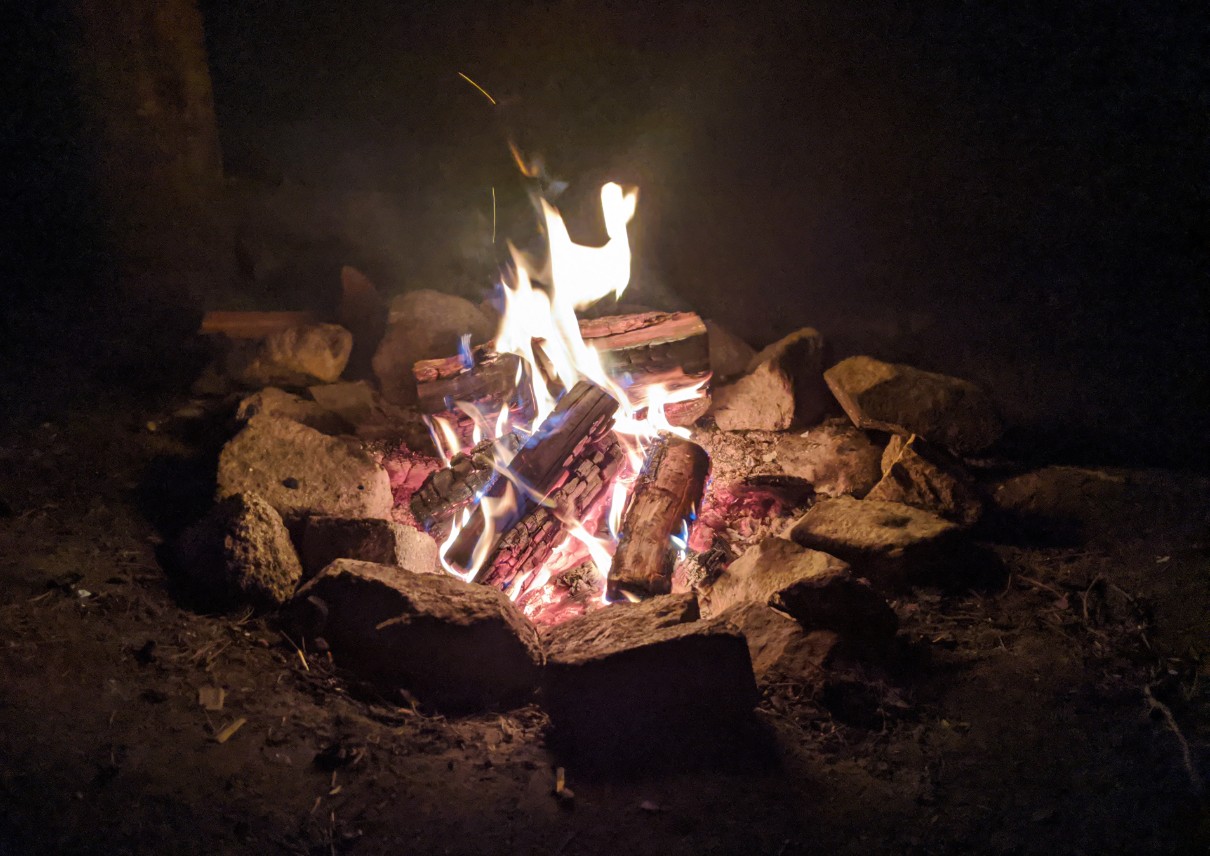
Illumination
Let there be light! An unexpected delay to your backcountry trip could mean time spent in the dark. Every member of the group should have some form of light.
Headlamps are the most used form of lighting in the backcountry.
Simple to use, cheap to buy and lightweight, headlamps allow hands-free movement and usually have a long battery life. Bring extra batteries (if appropriate) and consider an emergency light for backup.
We personally use Petzl’s Actik Core headlamp – it has all the features we need and recharges by USB.
Repair kit and tools
Having a way to repair equipment can be so vital when in the backcountry. The answer? The all-purpose, fix-everything lightweight saviour that is duct tape.
There are fancier methods (such as tenacious tape) to fix items, but at a minimum, always have some duct tape.
Having a knife or multi-tool is also immensely useful for a range of tasks including building shelter, creating kindling and assisting with first-aid.
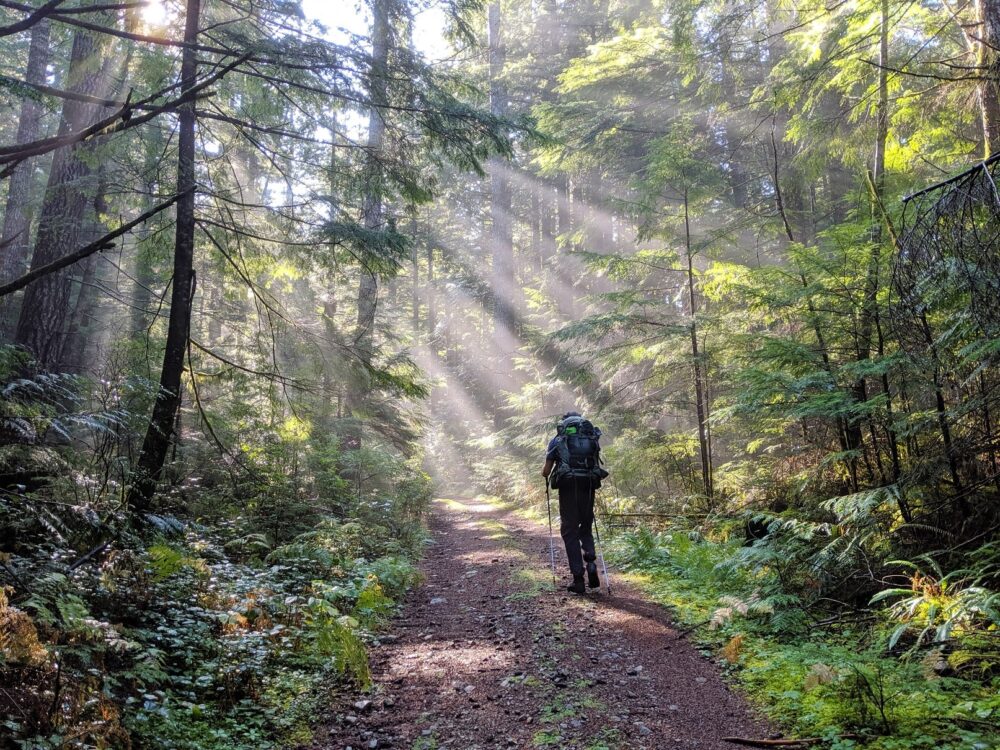
Emergency shelter
Having an emergency shelter can make all the difference if unexpectedly forced to spend a night in the backcountry.
There are quite a few emergency blankets, bivvy bags and tarps on the market. I like the blankets and bags made by S.O.L as they are bright orange on the outside, a good colour for signalling for help if needed.
On paddling trips, we always carry an emergency blanket in our PFD pockets in case we become separated from our canoe or kayaks.
Signaling devices
At the very least, bring a whistle. If lost or injured, yelling is tiring and also difficult for rescuers to hear. Whistle blasts are much more effective.
If bringing a cell phone – charge it fully, turn it off and then store it somewhere waterproof.
Reserving battery life is important in case of emergency. If your phone is also your camera, bring a portable battery charger.
Solo hikers or those heading into particularly remote areas may want to consider buying a satellite communication device such as the Spot or InReach (we have the latter).
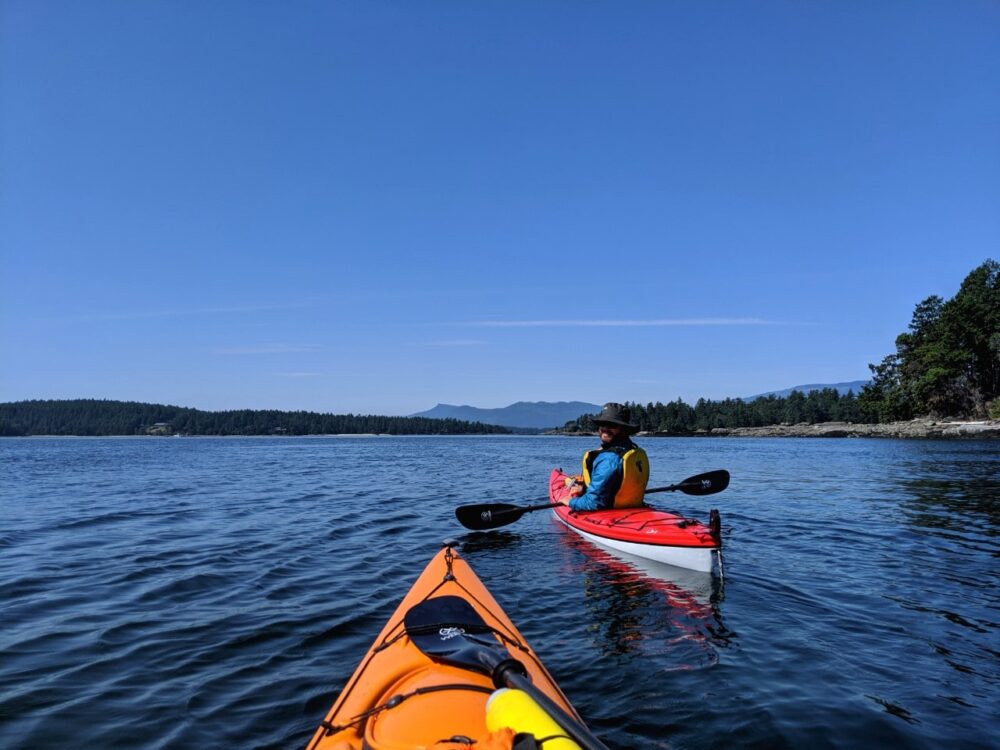
Beyond the 10 Essentials
Smart backcountry travel doesn’t end with the 10 Essentials. In fact, they are just a place to start. Some other helpful beginner tips include:
Follow Leave No Trace principles to reduce your impact on nature.
The basics of this include (but are not limited to) packing out what you brought in, camping on existing campsites or durable surfaces, washing away from streams and lakes, leaving nature in nature (don’t bring back souvenirs), minimising campfires and respecting wildlife.
Tell someone where you are going and when you plan to be back
Better still, complete the AdventureSmart trip plan with the details of your adventure and leave with a friend or family member.
Remember Aaron Ralston who got stuck in a canyon for 127 hours and had to cut off his arm to get out? He didn’t leave a trip plan with anyone.
Be prepared to turn back
If the trip doesn’t go as planned due to bad weather, minor injuries or other unexpected circumstances, it may become necessary to turn back.
Yes, this means not finishing the hike or whatever challenge you set yourself, but it is so important to know your limits. Not turning back can potentially make the situation worse
Learn about safe travel in bear country
Knowing how to avoid a bear encounter is the best approach when exploring Canada’s backcountry.
Always make noise (trust me, they want to avoid you as much as you want to avoid them), watch for fresh bear signs (droppings, tracks, diggings) and maintain a clean camp (refer to Leave No Trace principles).
I would also recommend learning about bear behaviour and purchasing bear spray. Wearing a bear spray holster is ideal for quick use
Check out our Resources page for more outdoor gear recommendations

Plan your next outdoor adventure now:

One half of the Canadian/British couple behind Off Track Travel, Gemma is happiest when hiking on the trail or planning the next big travel adventure. JR and Gemma are currently based in the beautiful Okanagan Valley, British Columbia, Canada. Consider buying us a coffee if you have find any of our guides helpful!


![How to Visit Lake O’Hara Without a Reservation [Road Walk, Return Bus, Cancellations]](https://offtracktravel.ca/wp-content/uploads/2025/06/header-lake-ohara-without-a-reservation.jpg)



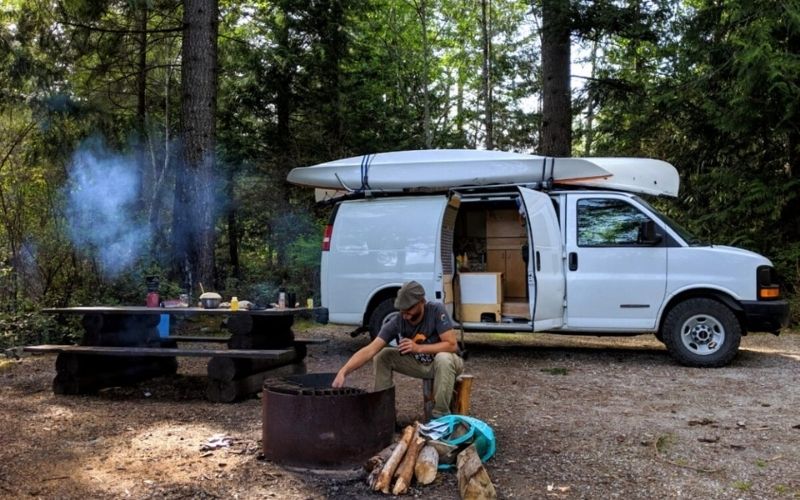




Love this upbeat and informative site with its stunning photos. I will be back to read some more!
Great advice. Just getting started with hiking at age 66. Lots of canoe camping experience none with regards to carrying everything in a pack on my back
Thanks Paul! There are some pretty big differences between canoe camping vs. backpacking but plenty of transferable skills!
Awesome content, very helpful, thanks very much.
You’re welcome Ron!
Celebrating my Country!